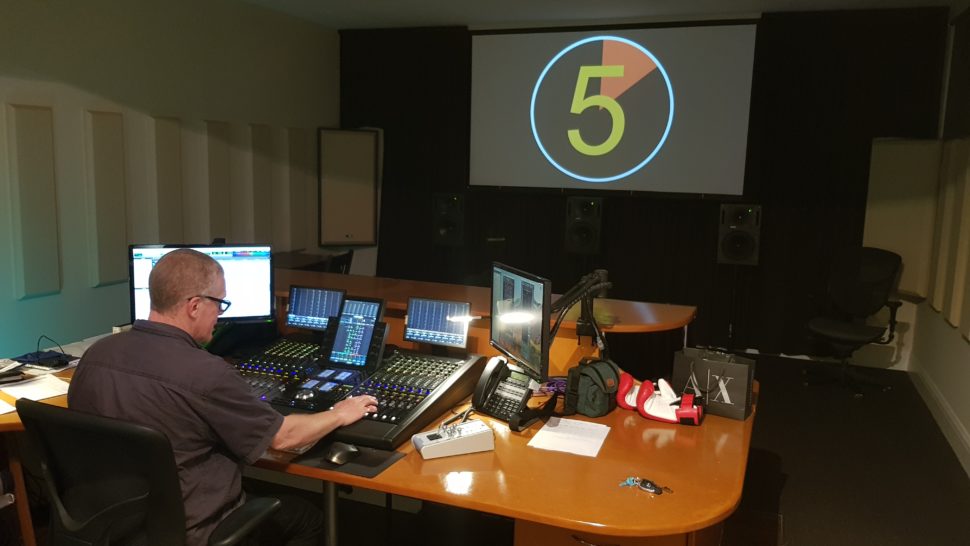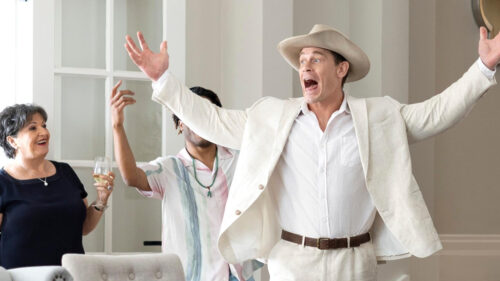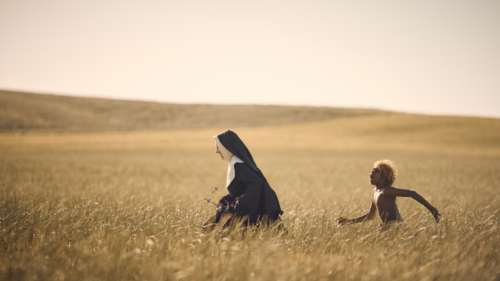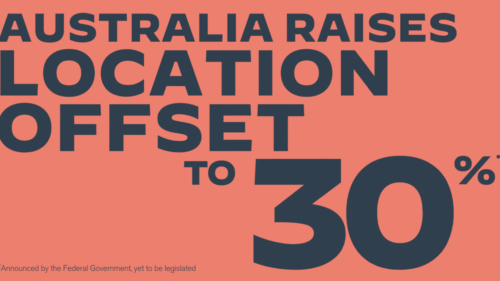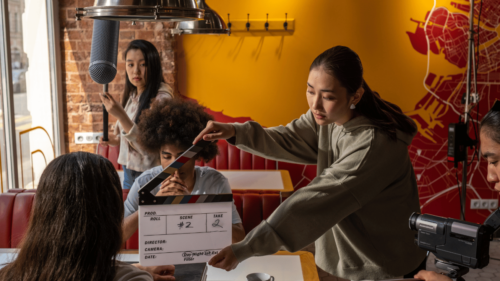/News 31.01.19
BIG BANG SOUND DESIGN HITS EVERY PITCH
WAYNE PASHLEY AND LIBBY VILLA FROM BIG BANG SOUND DESIGN IN SYDNEY HAD A CHAT TO THE AUSFILM TEAM ABOUT THEIR WORK FOR SOME OF THE BIGGEST PRODUCTIONS IN AUSTRALIA AND WHAT THEIR STUDIO SPACE CAN OFFER:
How many staff are usually here?
L: It varies from project to project really. We are doing a small budget Australian film at the moment so there’s only 6 of us – but on Fury Road we had about 19, so it does vary project to project. L
Which was the biggest project you worked on?
W: It would have to be Fury Road, it was definitely the biggest.
L: Happy Feet was also pretty big because of the adlib nature of it.
W: Plus all the mocap. Nearly everyday we had a recording crew recording tap dancing, so we had an extension of the crew there, and also editors working with the Director, George Miller on a daily basis, so that was probably a similar size.
L: And we had six court transcribers here transcribing every word that was recorded during mammoth dialogue recording sessions. Robin Williams tends to go off book.
How do you meet
W: What we tend to do is look at the budget, what we’ve got for the sound post, and what works well for us is to keep everyone gainfully employed. So if we’ve only got six weeks to do something, let’s take three of the best in the business – because our team is exceptional and it’s better for us let’s split the work between three people – so give them just two weeks each, but what they manage in two weeks is incredible. You’re splitting the intelligence and the scholarship of those three people across the film, so you’re getting more input. Instead of one person for six weeks, we like to split it up – it shares the wealth, and I like the idea that the more brains across something, the better the product.
I understand Big Bang Sound has a very big sound library. How large is it? How can you quantify that?
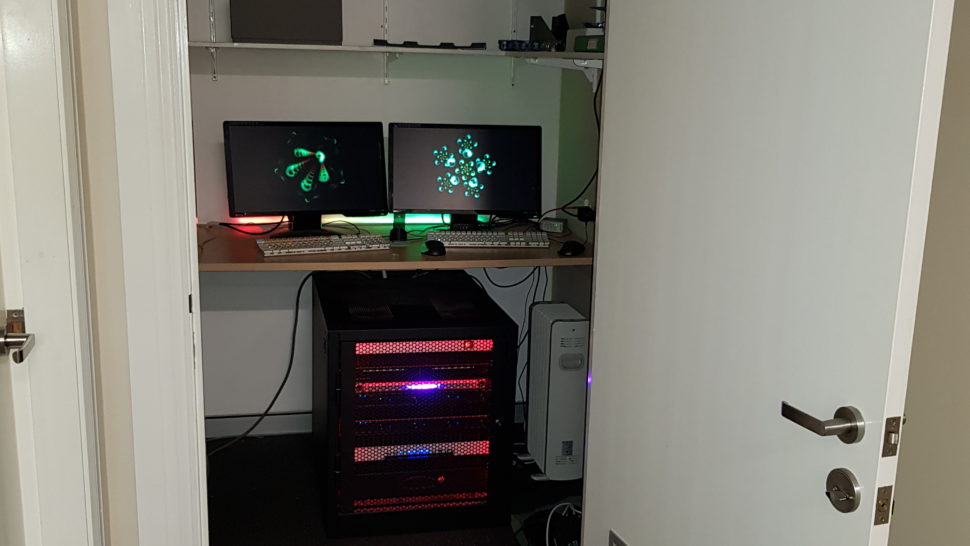
W: We’re currently at seven terabytes. It goes back to the beginning of when we first started in sound, which was at the ABC, back in 1984. That was a time when the ABC was making all of those big miniseries. All of that material has been archived and is on our digital platform. So it goes back many, many years now – 30 odd years. Every film that we do, we spend the time afterwards archiving material. When I retire, there will be something for the sound and film archives!
L: The library has all the recordings from Babe to Happy Feet, with all the ice and snow, to all the Mad Max cars, and all the Lego sounds. For Great Gatsby, Wayne went to LA and recorded the sound of a Duesenberg… there’s only a couple in the world still running and J Leno owns one of them, which he allowed us to record. These sounds don’t exist anywhere else except in our library.
W:When it came to Fury Road, I spoke to Director, George Miller and Producer, Doug Mitchell, and as a homage to Byron Kennedy, we went back through the Mad Max archives that Kennedy Miller had, and found all the original sound material, the Interceptor car, everything from the original vehicles to Mel Gibson’s leather jacket on that first film, and we’ve now archived all that onto a digital platform, which will hopefully protect it for the future.
We also snuck all that into Fury Road as well, as a homage to Byron Kennedy!
How many different productions can you work on at the same time?
W: I would say three, comfortably. Sometimes we’ve gone three plus a few small things, like documentaries, or short films but generally speaking, anything more than that you’re spread too thin and you’re not giving each production its due consideration.
L: Depending on the size of the production. If you’re on something like Fury Road, there’s not much else we do on the side.
W: We also like to give the filmmakers at Big Bang a space to call their own. If you’re working on the Water Diviner and you’ve got Russel Crowe in the building, it’s kind of his. Same with Gods of Egypt, with Alex Proyas. It works well to keep it very personal, and it’s a place of peace and creativity in order for them to do their work. So if you had too much going on at any given time it becomes very distracting.
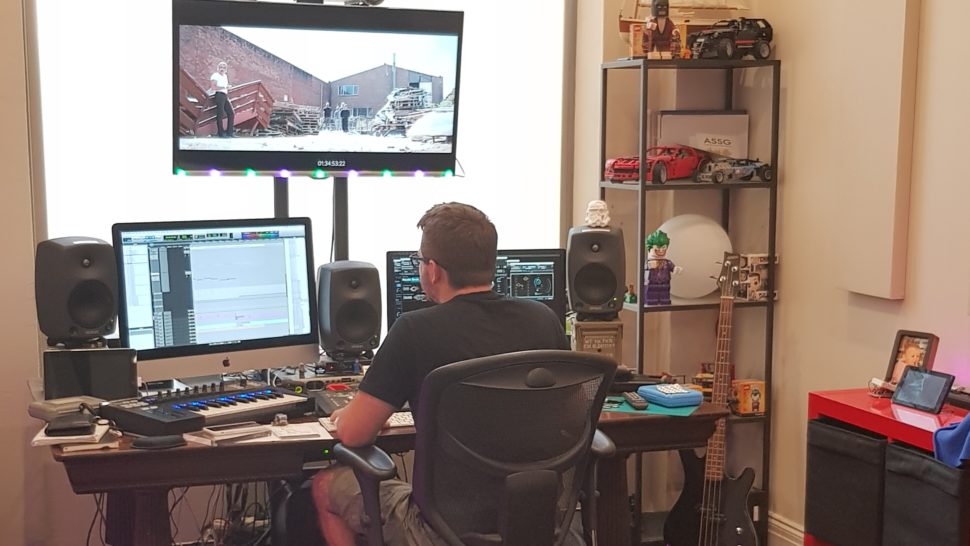
How many suites does your facility have?
W: We have 19 here, aside from the open areas. Plus 3 mixing rooms and ADR and Foley recording.
What would you say is Big Bang Sound’s greatest strength?
W: The crew.
L: The crew!
W: Without question. We’ve worked with these people, some for 30 years. I’d say the crew because when we design a movie, it’s all in. We share the creation of it. Because we’ve been together for so long we have a shorthand of ideas, and taste becomes a factor. It makes us move more quickly, and you know whatever the idea is, it’s going to be good.
L: You know without stating it, that everyone is on the same page. It means there’s less going over things because everybody understands what everybody else likes.
W: Storytelling with sound or any other discipline, is about human experience. So when everyone is in it together, there’s a cohesive thought across the plan. I would say without question, it’s got nothing to do with equipment.
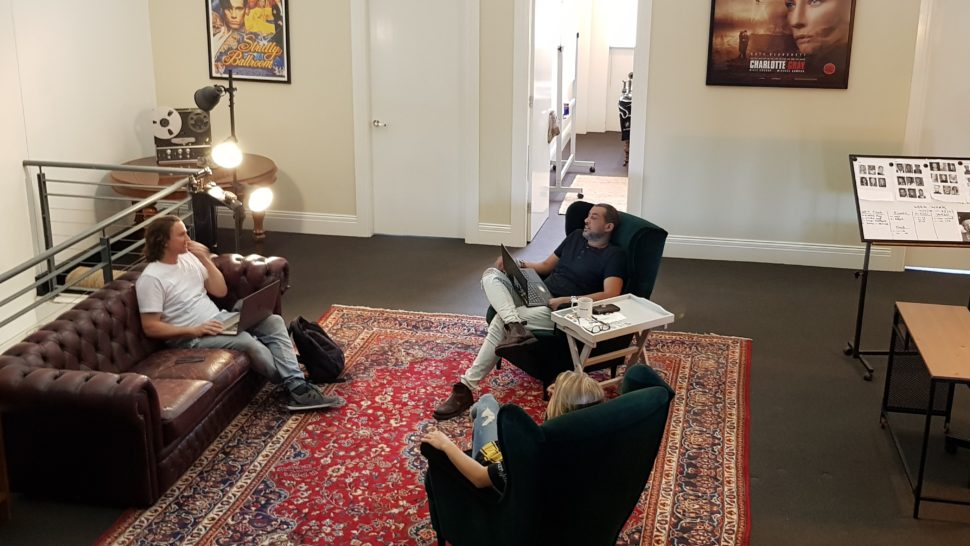
L: No, and that’s why it’s important to have a building like this. These days a lot of people work from home, but our crew like to come here, because they like to be together, where over the lunch table you’re still discussing what you’re going to do for the film, as well as telling stories and connecting. It’s just a nice, creative workspace to be.
Rather than having people off in their garages where they hardly ever see anyone and you’re just sort of phoning in your work a little bit. Here you get to have a cup of tea, and a chat about work and life. You can walk into the room next door if you need to discuss an idea or a problem, and it is so pleasant. I guess for these guys it’s why they’re still working for us after 30 years – because they enjoy coming into work, they enjoy working with each other, and they enjoy creating together.
W: It’s the collaboration. That’s not to say that it has nothing to do with equipment – it is obviously very important, so we are constantly updating to the latest platform – but I would say that our people are our greatest strength. These days its becoming a sort of unique thing to have a sound studio, and some people might say you’re mad to do it – and quite often we debate it amongst ourselves – would we be better off having satellites everywhere and everyone goes into their bedrooms? Our crew definitely says no! We are dedicated to keeping the doors open, and having a creative hub that is purely focussed on the creation of soundtracks for film and television.
